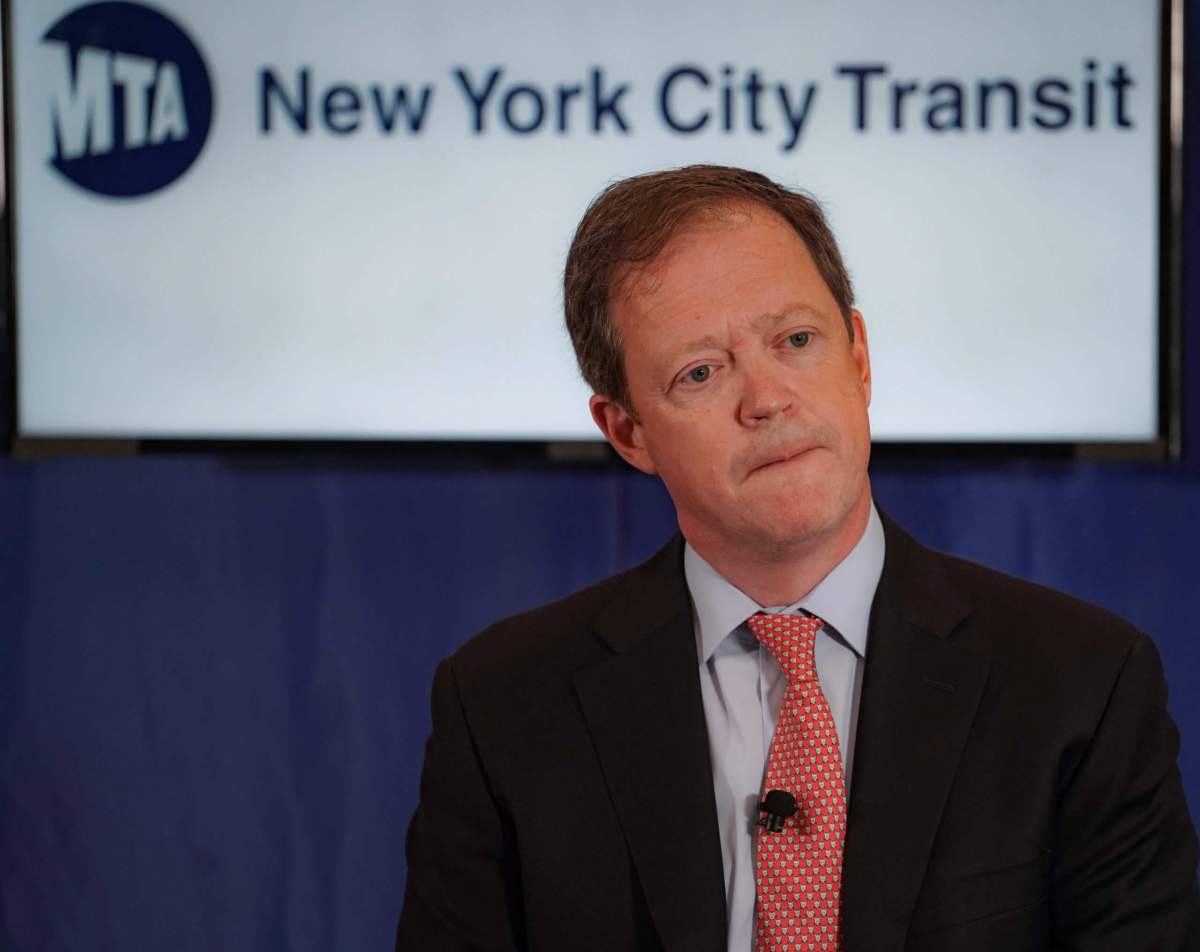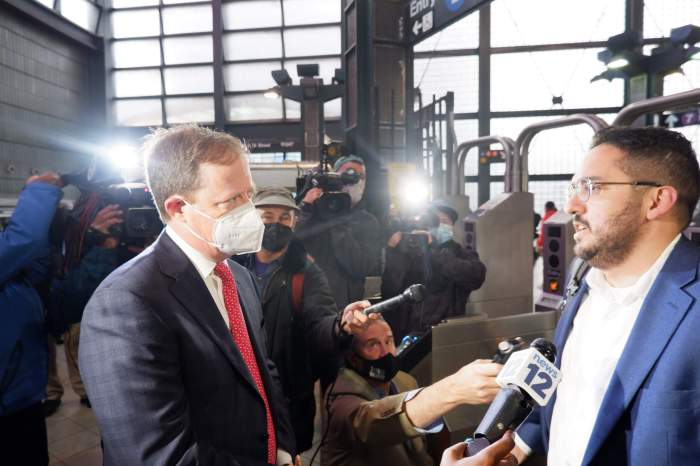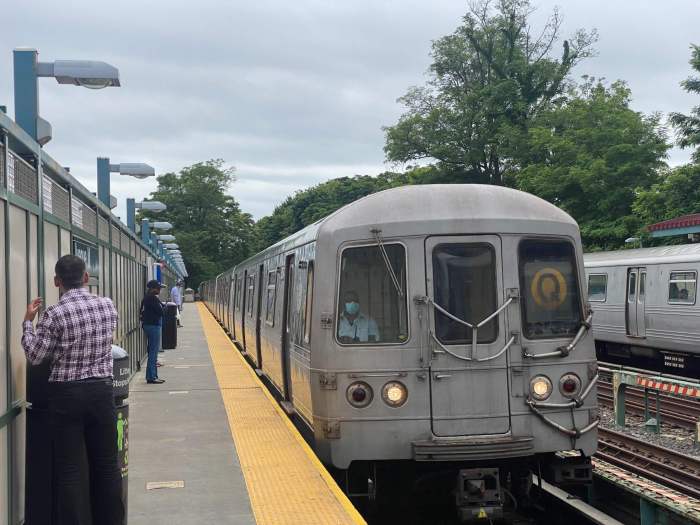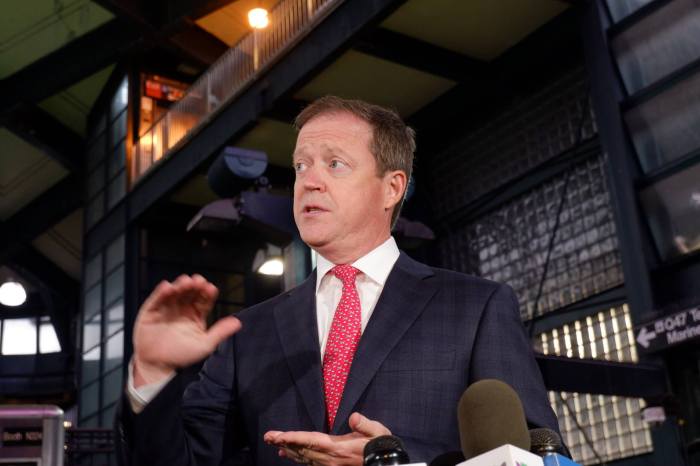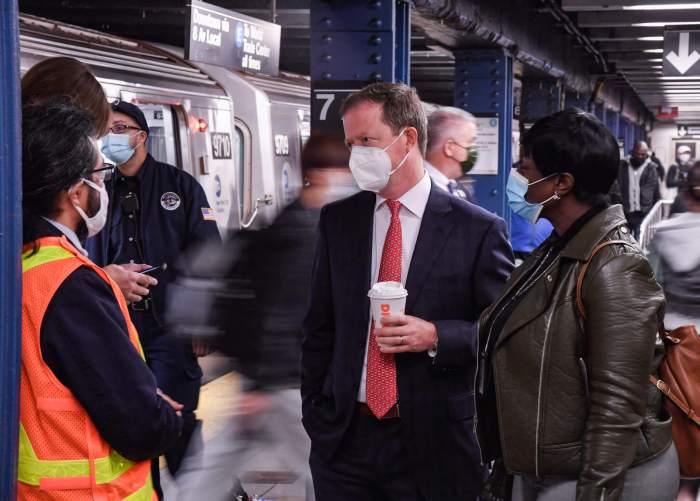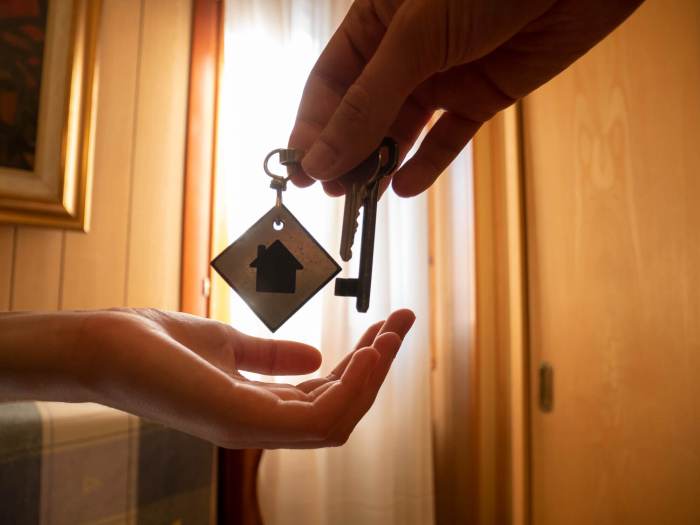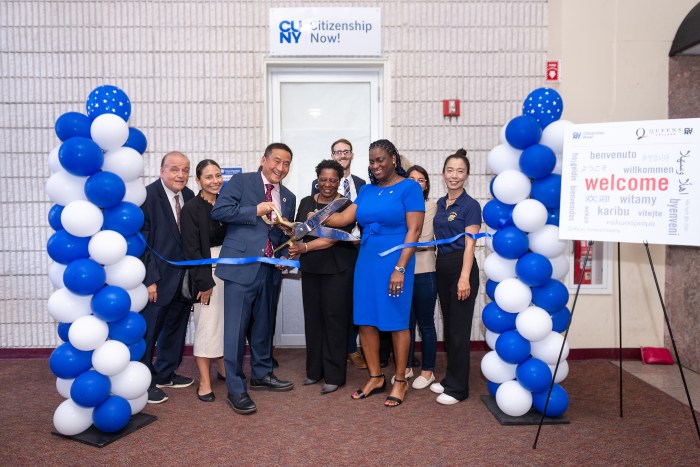When I visit subway stations and bus stops, I like to ask customers how the transit system’s working for them. A lot of the time the answers aren’t great, but that’s a good thing. We’ll never get better if we don’t get honest feedback from the millions of people who use mass transit every day.
That ethos is central to New York City Transit’s new customer satisfaction initiative “Safer, Faster, Cleaner.” The goal is to increase customer satisfaction by at least 10 percent by spring 2024. Right now, we’re hovering around 60 percent across all modes, which is a historical high in itself, but I know we can do better. And listening to riders is going to be the key to our success.
We know what they want. According to surveys, the top five service attributes that’ll improve the customer experience and encourage more frequent trips are:
- Safer environment;
- Faster, more frequent service;
- Cleaner stations and vehicles;
- Better weekend service; and
- Enhanced communications.
So how do we deliver? On safety, we’re installing security cameras inside subway cars, building on the 10,000+ devices we already operate in stations systemwide, and installing better lighting and tactile warning edges on platforms.
Mayor Adams has also agreed to deploy an additional 1,200 officers to the transit system every day. They’ll be patrolling platforms and making themselves known to conductors as trains pass through stations. Conductors are announcing to customers when police are present. Crucially, the MTA’s partnership with the State and City on homeless outreach will continue as well, so we can connect those struggling with homelessness and mental illness in the subways with the services they need.
Priority two is improving service delivery. Tracking outcome-based performance metrics will be our obsession through tools like SubStat, BusStat and ParaStat. The Speed Team is going to be looking at ways to cut down on subway Customer Journey Time, and we’re going to work with the City Department of Transportation to expand Automated Bus Lane Enforcement and Transit Signal Priority to get buses moving faster.
At the same time, our borough-by-borough Bus Network Redesigns will continue – first in Queens, with Brooklyn and Manhattan to follow. And we’re going to keep hiring new frontline employees to fill gaps in staffing that have caused delays in the past.
Then there’s cleanliness. When I came in as president of Transit, we launched a new station refresh program where we take advantage of planned closures to do deep cleaning and tackle some of the more visible problems at stations, like broken lightbulbs, tile stains and the like. We’re holding ourselves to a higher standard of cleaning – a quick sweep and Windex isn’t going to cut it.
We’re applying that same energy to weekend service. Ridership recovery has actually been stronger than during weekdays, and we need to be able to meet demand. That’s why I appointed a Weekend Service Czar to develop and implement a new service plan that allows important maintenance work to be performed while getting riders where they need to go.
This has helped us increase weekend on-time performance from 80% in August to 83.5% in September, just in time for our highest Saturday ridership since COVID, when more than 2.4 million people rode the subways on Oct. 22. Great progress, but we want to push even higher.
Perhaps most important is enhancing customer communication. We’re not doing our jobs if we’re not keeping riders informed. As such, we’re already working on updates to the MYmta app and plan to extend cellular connectivity to all 418 miles of subway tunnels and Wi-fi at all above ground stations. Next on the list: working with our labor partners on expanded duties for station agents and upgrades for customer information screens and our public address systems.
No doubt, we have our work cut out for us as we pursue our customer satisfaction goals. But I know we can do it, so long as we keep listening to riders. So, keep the feedback coming – all of us at New York City Transit are paying attention.
Richard Davey is MTA New York City Transit president.



